Mushrooms are a unique and useful product that not only people like to feast on, but all the forest inhabitants, including worms. It is rather unpleasant to stumble upon a wormy fruit, it is a pity to throw out the “crop”, but is it possible to eat it? Professional mushroom pickers believe that eating worms can, most importantly, properly clean the product from larvae so that they do not get into the dish.
Content
The danger of worms to humans
The presence of holes, bumps and strokes in the pulp indicates that the fetus is affected by parasites. Worms most often affect old specimens, since their flesh is more friable, unlike young mushrooms with a dense texture. But in a period of high humidity, along with warm weather, parasites can settle on a young specimen, and it is especially a pity to throw out such “prey”. It is at such moments that the question of the safety of fruits with worms for humans is especially acute.
Many people mistakenly believe that the presence of worms in mushrooms automatically makes the product inedible and therefore throw out a wormy find. But in fact, the presence of parasites does not make the product inedible and even more poisonous. The wormy "crop" is not dangerous for digestion and health.
Such a product has only aesthetic appeal. Experienced fans of "quiet" hunting have long learned to get rid of parasites using affordable and fairly fast methods. However, it is worthwhile to understand that with deep damage to the fetus by the worms, it is still necessary to get rid of it, since it no longer carries any nutritional value and, as a rule, turns out to be quite overripe.
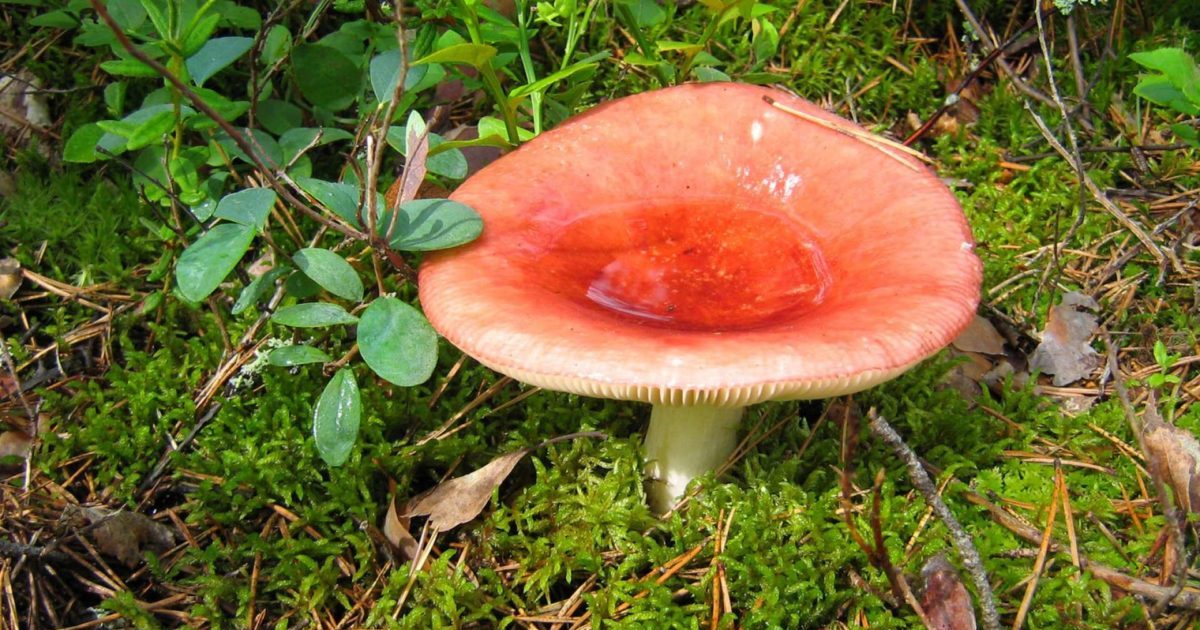 You may be interested in:
You may be interested in:Do worms eat poisonous and inedible mushrooms?
Mushroom parasites are nothing more than larvae of mosquitoes and flies, which develop to adult insects due to eating the pulp of the fetus. However, this parasitization does not threaten the mycelium, and even, on the contrary, improves productivity by moving the spores from the hat directly to the ground by the worms.
Most fungi are affected by worms, even if their appearance does not always indicate their presence.
It is believed that poisonous mushrooms are not wormy, but this is nothing more than a myth. Even the most poisonous specimens can be affected by parasites. Moreover, most of the poisonous species acts as food not only for worms, but also for snails and slugs.
The probability of stumbling on a fly agaric or pale grebe affected by larvae is quite high, because their poison does not pose any threat to these insects, since their metabolism is significantly different from human. In addition, some inedible fruits exude a flavor that only attracts insects.
Checking the fetus for safety for the body, relying on the defeat of the worms, is not only not reasonable, but also extremely dangerous. For example, edible chanterelles are never attacked by worms, because their flesh contains chitinmannosis, a poisonous substance for insects, unlike the same fly agaric.
The worm fruit is not dangerous and there is usually no need to get rid of it, however, when collecting such a “crop”, you should rely on your own feelings and a sense of disgust. After all, not everyone is able to eat a product that is affected by living organisms.
Is it possible to eat wormy fruits after cooking?
In the presence of parasites, the correct processing of the product allows you to use it in food without fear of finding an uninvited guest in a plate. Worm fruits can be consumed after cooking, frying, stewing and other cooking methods. However, immediately before the heat treatment, the collected fruits must be cleaned not only of debris, but also of living organisms.
If after the first treatment it is not possible to get rid of all the worms, cooking in salted water in two stages will finally rid the product of parasites. But, unlike cooking “healthy” mushrooms, when cooking a product with worms, the first water does not drain due to the possibility of the parasite getting back into the body of the fungus.
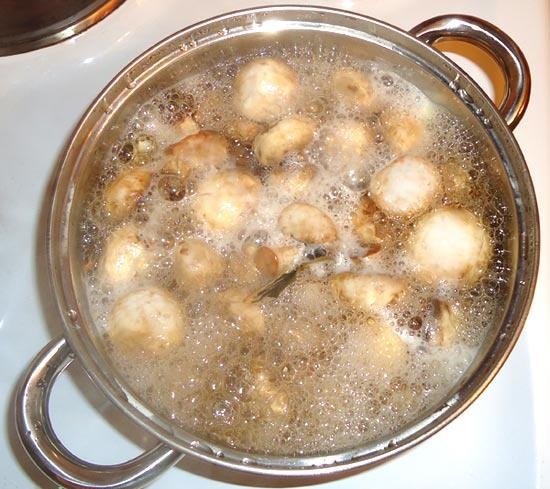
Before changing the water to clean, the product must be removed from the container using a slotted spoon, rinsed under running water and only then immersed again in boiling water. With the help of such a manipulation, the risks of the secondary entry of the worm into the fetus are significantly reduced.
Many experienced housewives do not recommend using fruits that have been hit by larvae for making soup or noodles, and set them aside for frying or stewing. This will allow you to process the "crop" using high temperatures twice.
Collection and Processing Rules
Larvae can be found in any part of the fruiting body, so even if there are no moves or holes in the stem, they can be in the cap of the mushroom. Parasites very quickly eat the pulp of the fetus, so it is better to cut off parts affected by larvae directly in the forest.
A sharp knife is perfect for this. It is also recommended that the wormy fruit be stored separately from “pure” specimens, otherwise the number of fruit affected by parasites will become much larger than it was at the time of collection.
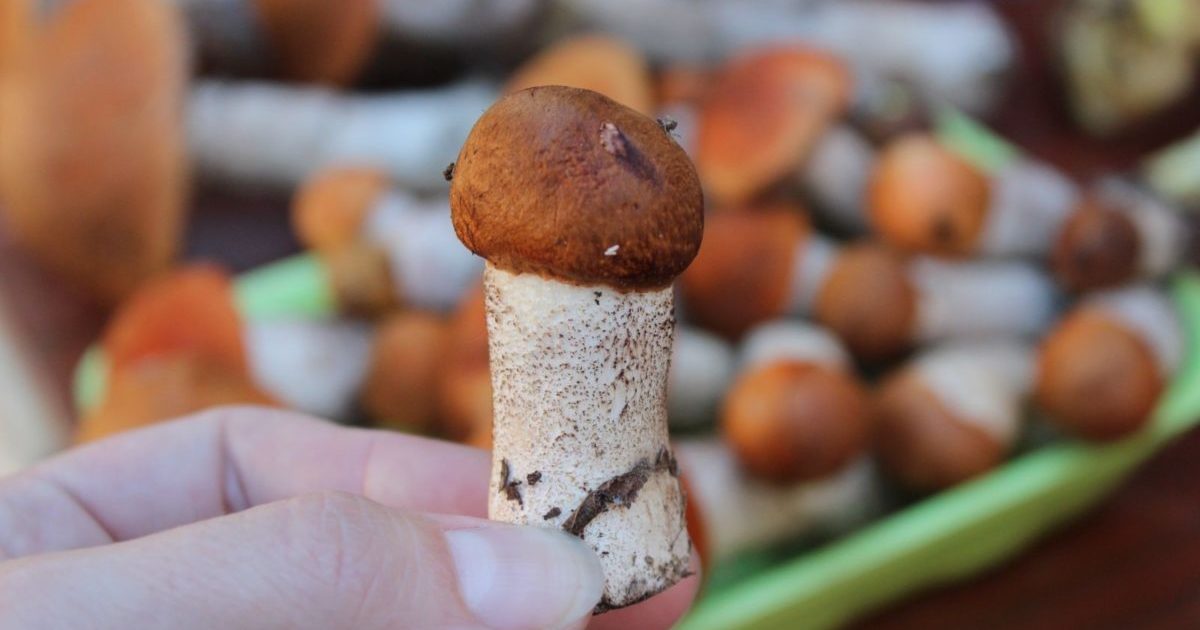 You may be interested in:
You may be interested in:A deeply affected fetus is not only not recommended to be taken home, but also thrown away. It is better to prick it on the nearest branch, so it dries and becomes a treat for squirrels and other forest inhabitants in the cold season.
You can also dry the "crop", because under the influence of heat, the parasites successfully leave the pulp of the fetus. Before cooking, dried mushrooms must also be thoroughly washed.
Answers to widespread questions
Parasites quite often infect fungi, regardless of whether they are edible to humans or not.The presence of worms in mushrooms does not make them dangerous to humans, and does not affect their digestion.

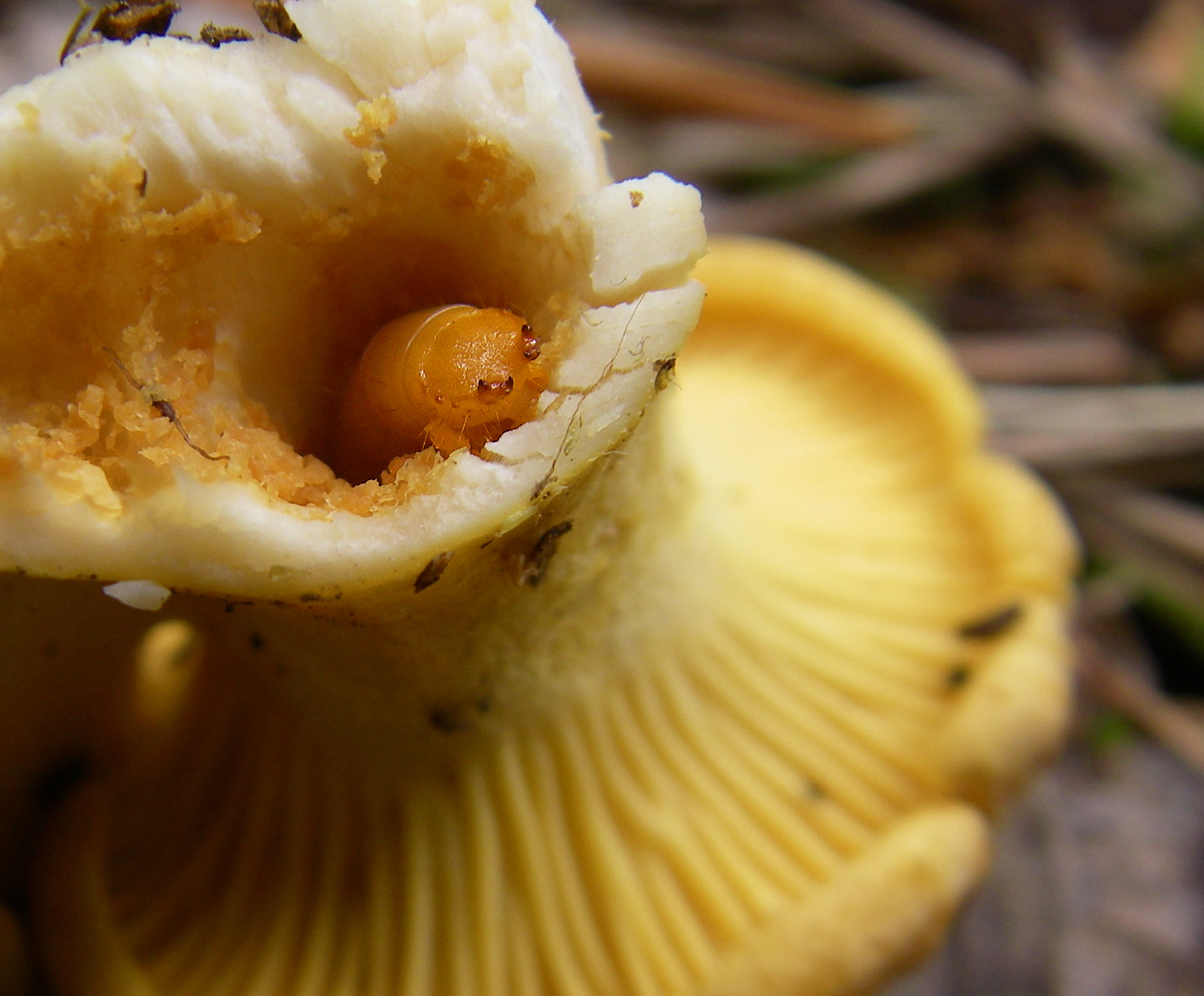

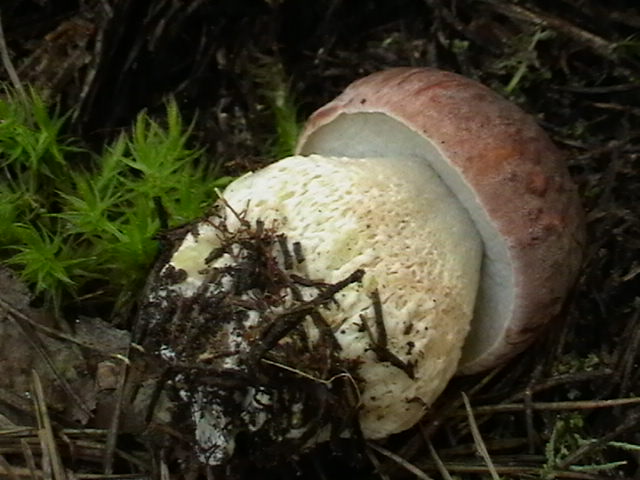
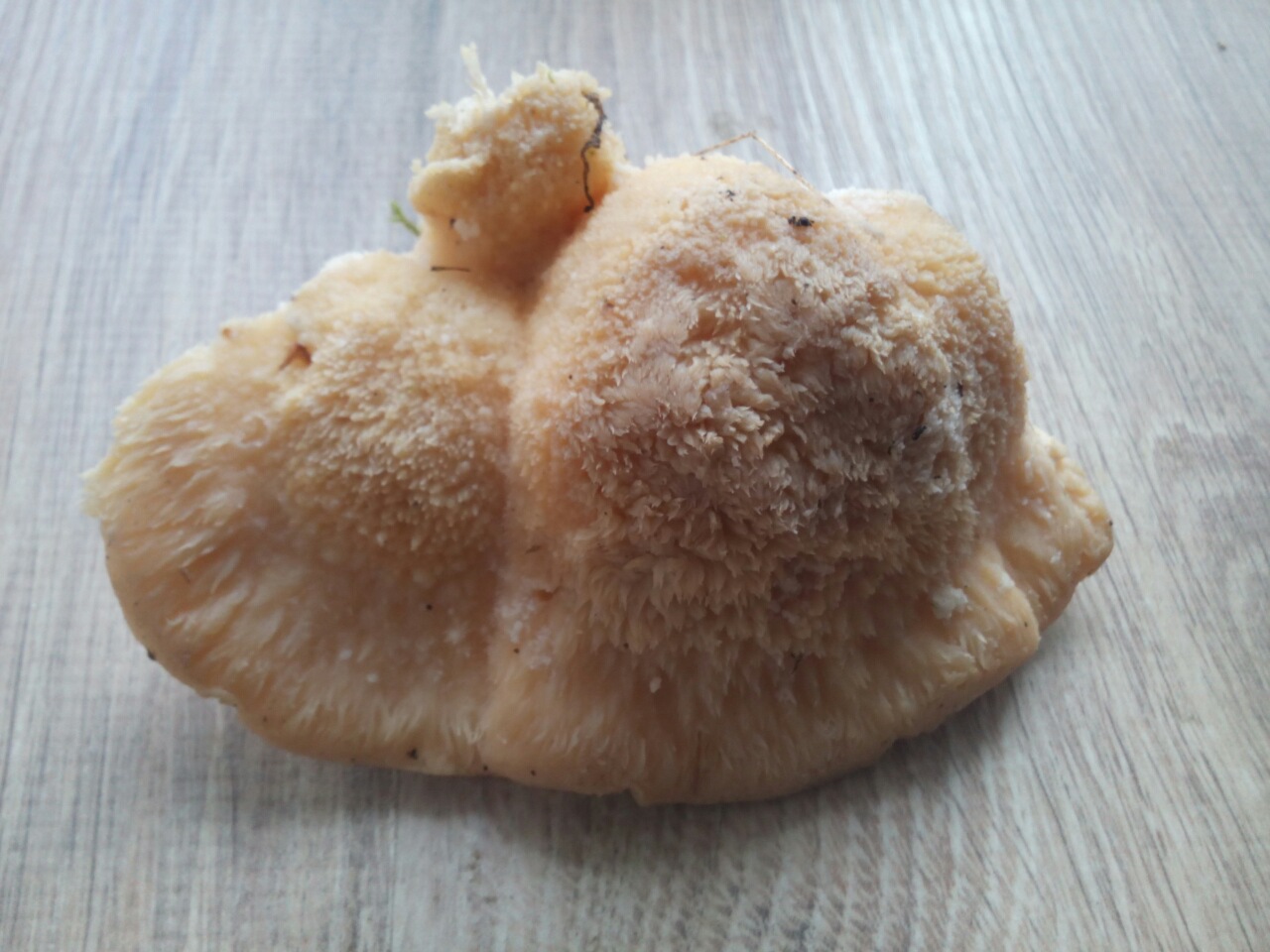
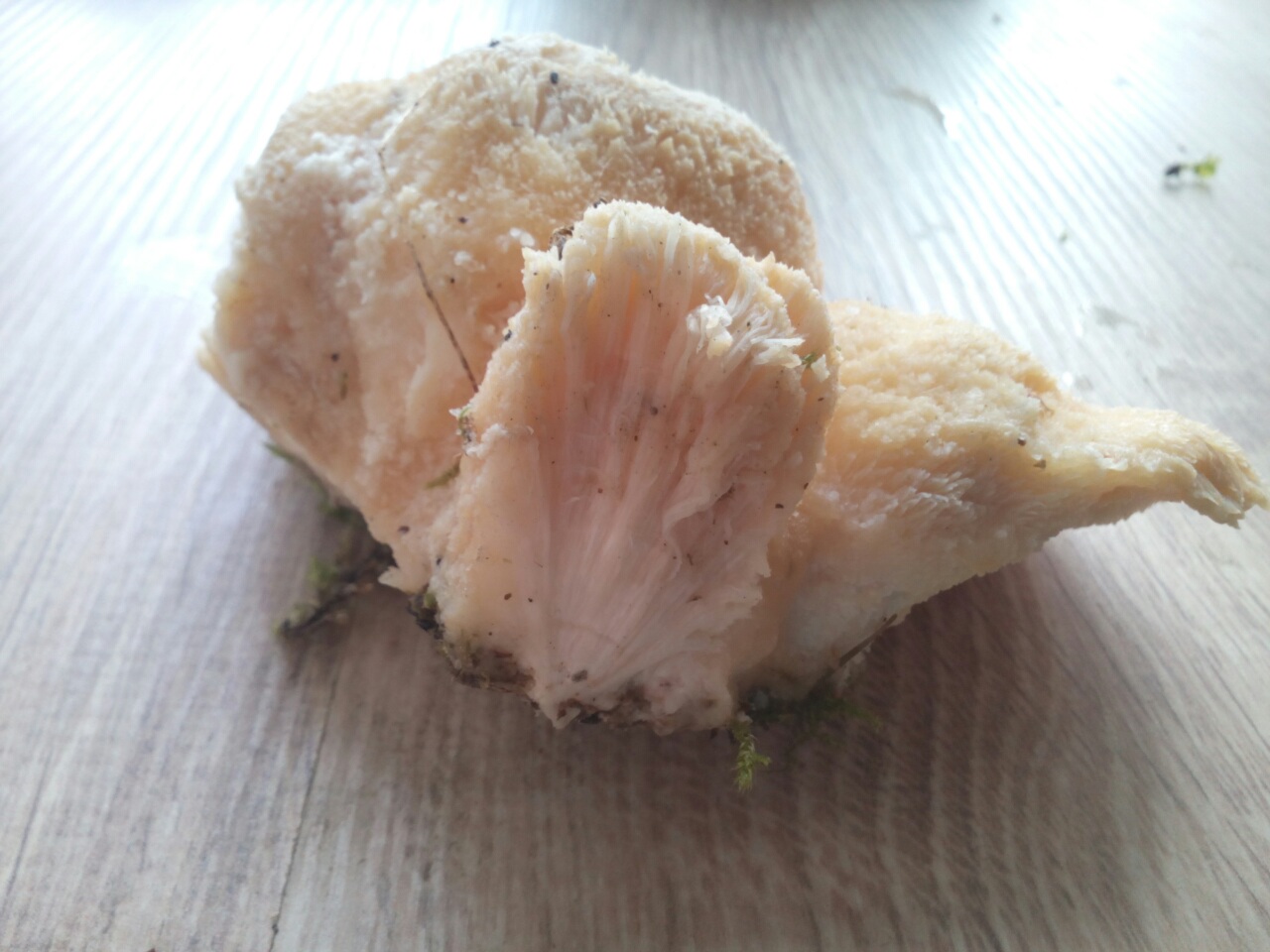

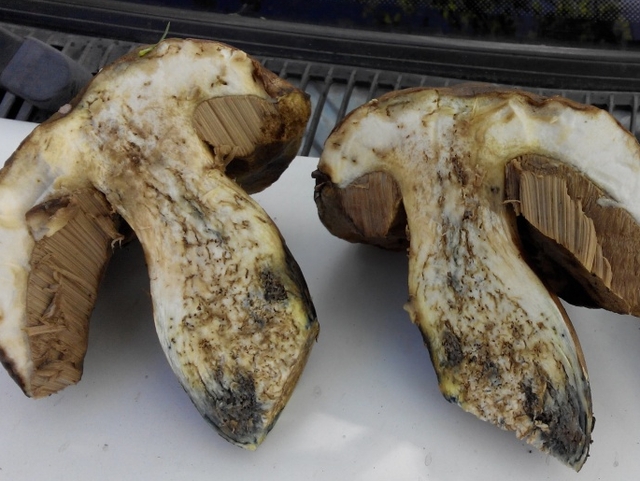
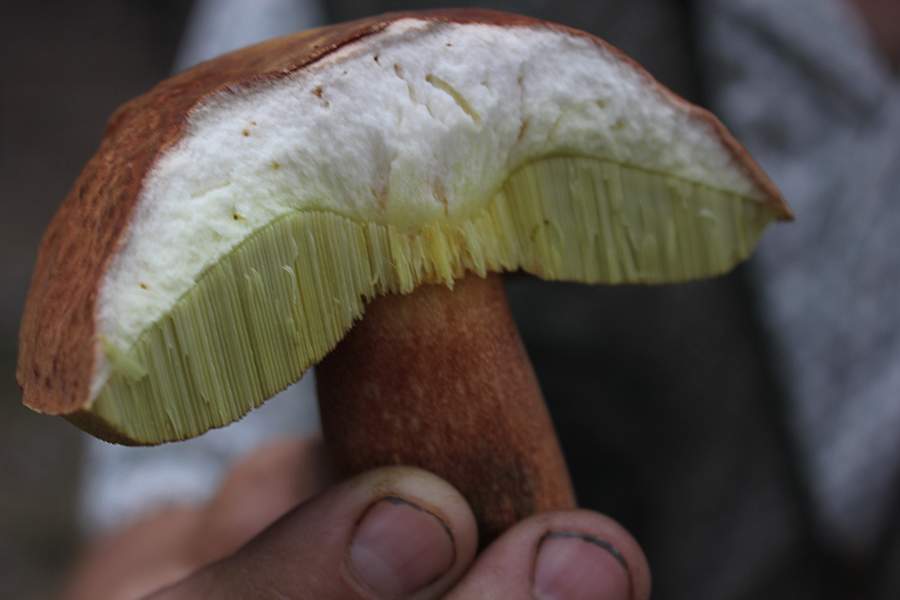
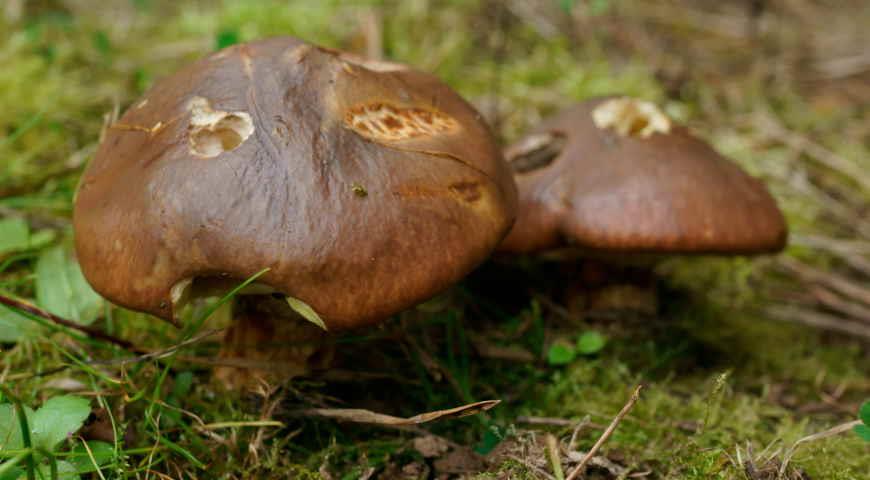

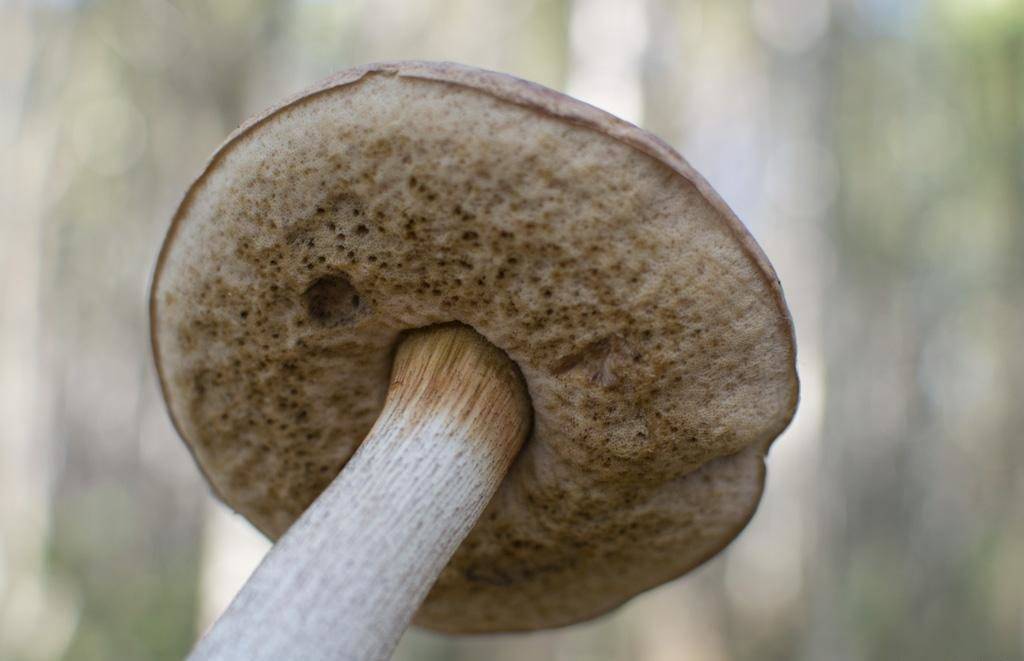
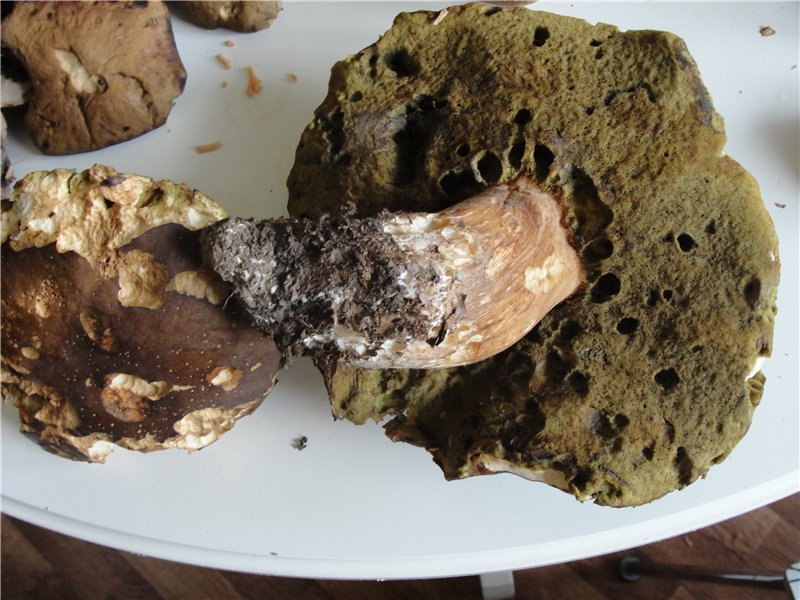



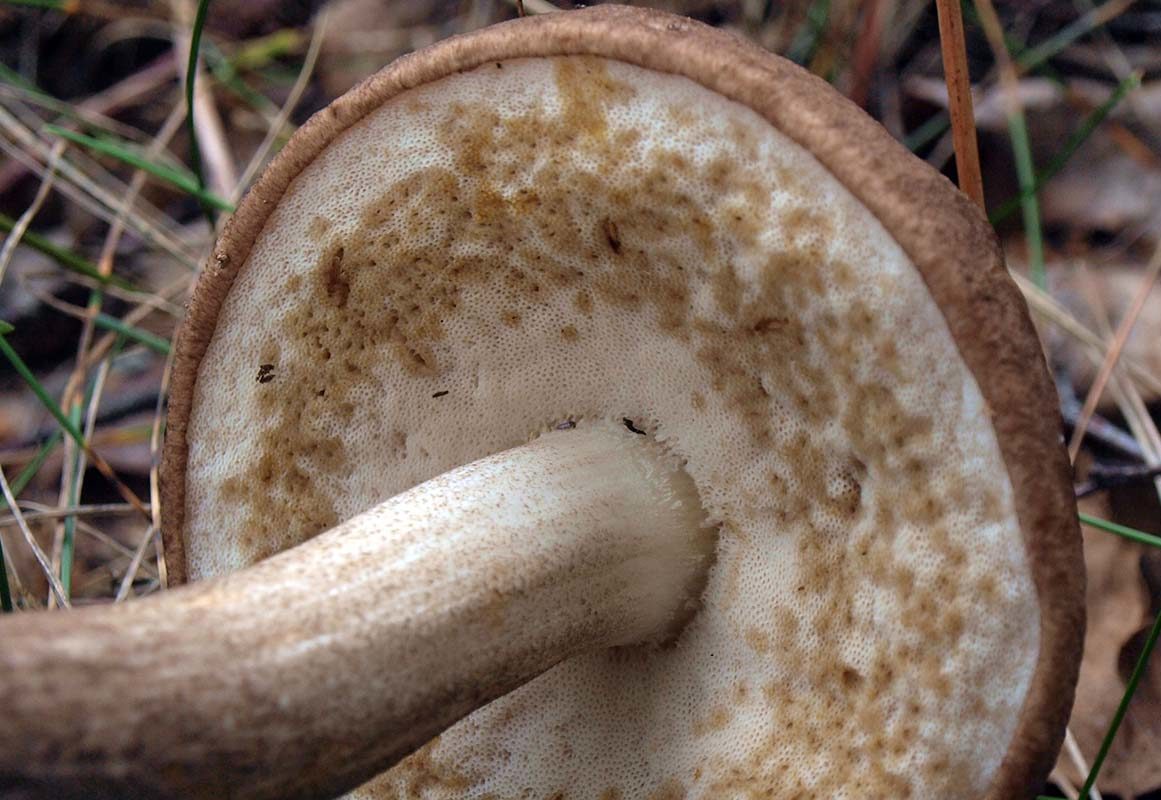
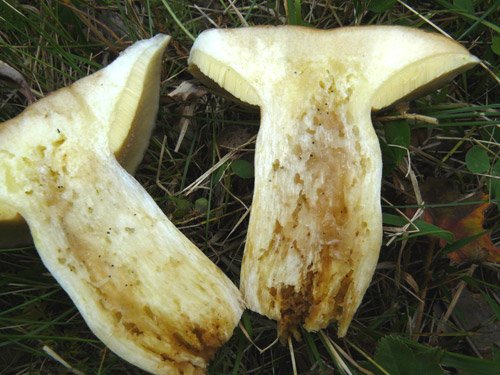
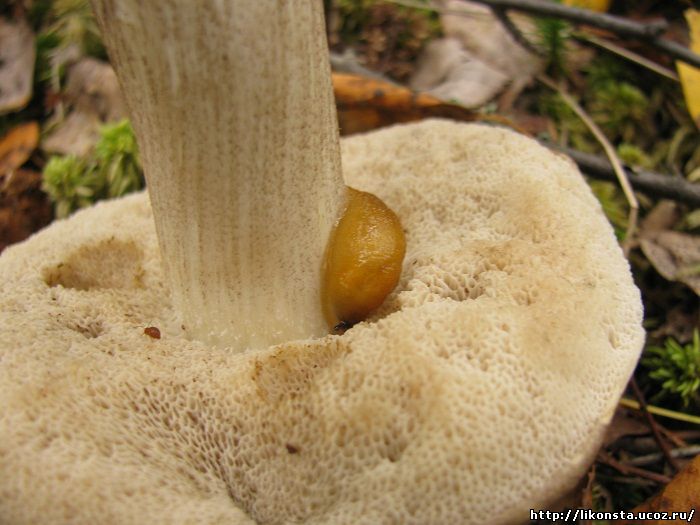
 Care and use of Kombucha at home (+22 photo)
Care and use of Kombucha at home (+22 photo) Edibility of the fungus of the motley umbrella and its description (+19 photo)
Edibility of the fungus of the motley umbrella and its description (+19 photo) Description of edible and inedible oils, their poisonous counterparts (+40 photos)
Description of edible and inedible oils, their poisonous counterparts (+40 photos) Useful properties of milk mushroom and its contraindications (+17 photos)
Useful properties of milk mushroom and its contraindications (+17 photos)